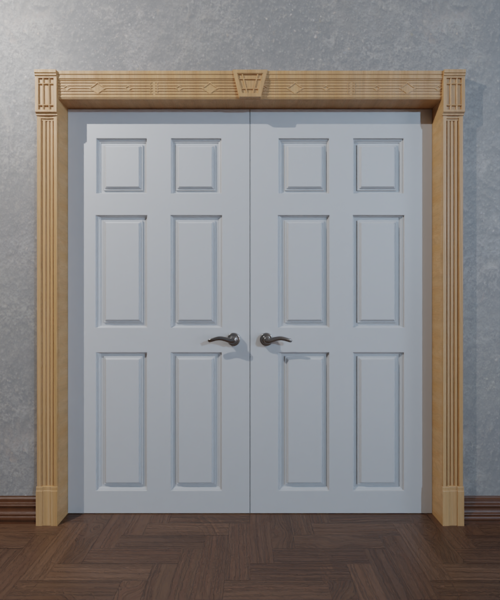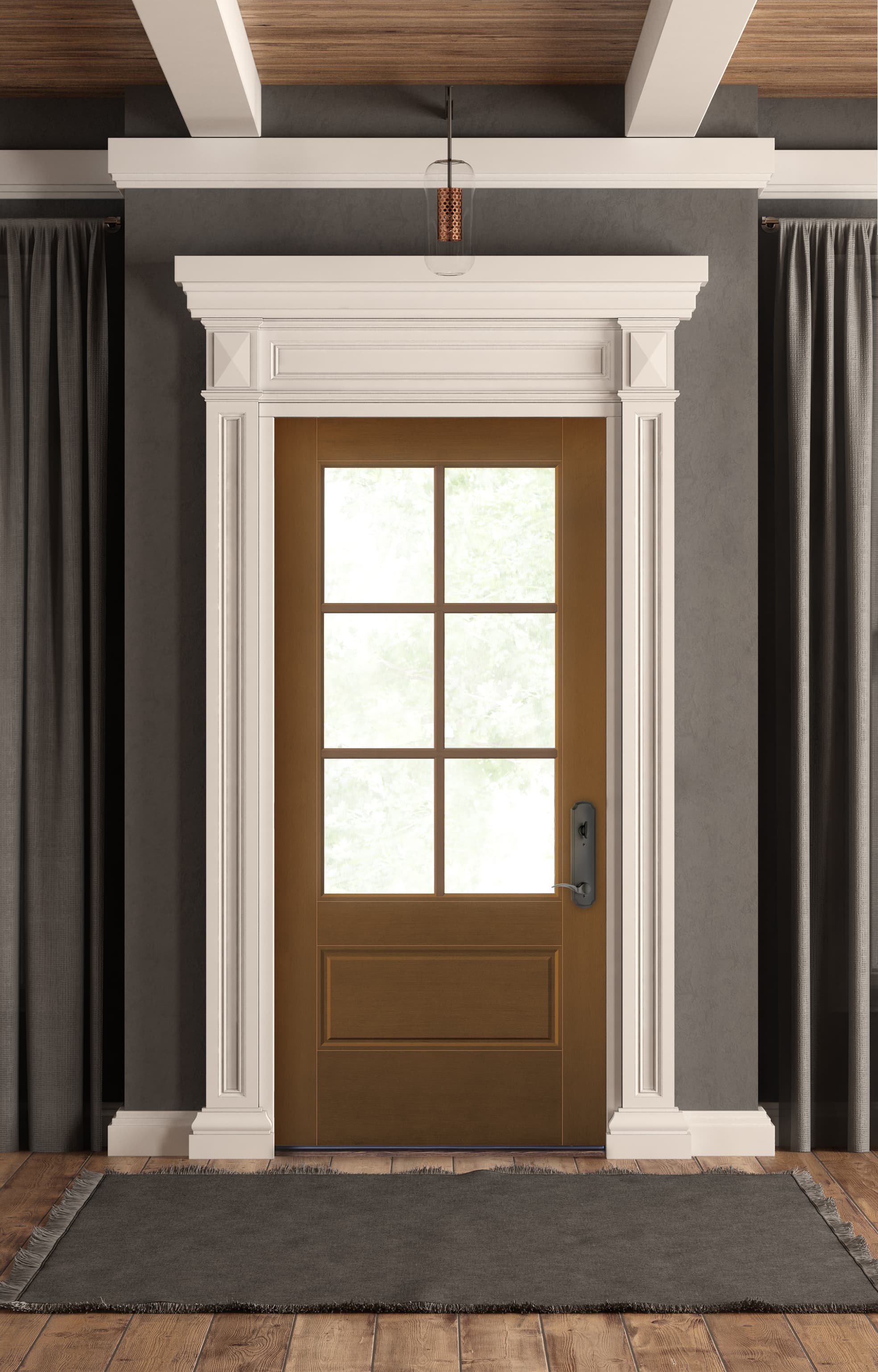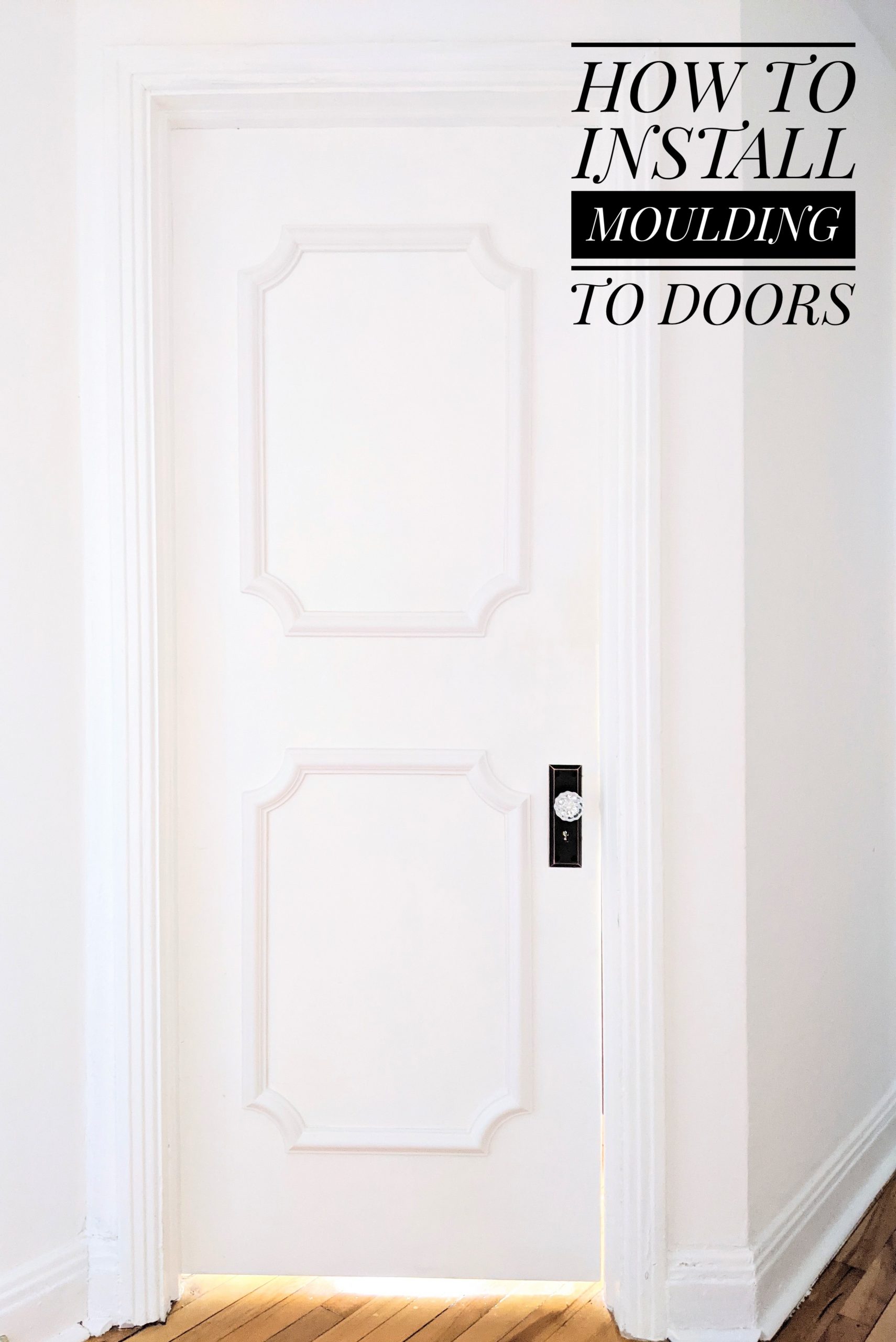Decorative door mouldings can significantly enhance the aesthetic appeal of your home. Having spent years experimenting with various design elements in my own living spaces, I can personally attest to the transformative power of these architectural details. Whether you are renovating, building new, or simply updating your interior design, decorative door mouldings are a fantastic choice. In this comprehensive guide, we will explore the types, benefits, installation tips, and much more related to decorative door mouldings.
What are Decorative Door Mouldings?
Decorative door mouldings are architectural elements that frame the doors in a way that adds character and style. These mouldings can be simple or intricate, depending on the design theme of your home. They are often made from materials such as wood, polyurethane, or polystyrene, each offering different aesthetics and benefits.
Types of Decorative Door Mouldings
1. Wood Mouldings
Wood mouldings are the traditional choice for many homeowners. They add warmth and elegance to any space. Here are some common types of wood mouldings:
- Crown Mouldings: Typically used to accentuate the top of doors and windows.
- Baseboards: Often used at the bottom of doors to create a seamless transition to the floor.
- Casings: Frames that outline the door itself, often intricate and detailed.

2. Polyurethane Mouldings
Polyurethane mouldings are lightweight, durable, and resistant to moisture, making them an excellent choice for various climates. They can mimic the look of real wood while being easier to install and maintain.
3. Polystyrene Mouldings
Similar to polyurethane, polystyrene mouldings are also lightweight and budget-friendly. They are great for those looking to enhance their doors without spending too much.

4. MDF (Medium-Density Fiberboard) Mouldings
MDF mouldings are made from wood fibers and are popular for their smooth finish, making them easy to paint. They are also cost-effective and come in various styles.
Benefits of Using Decorative Door Mouldings

1. Enhanced Aesthetic Appeal
One of the primary benefits of decorative door mouldings is their ability to enhance the overall look of your home. They can add sophistication and style, making even a simple door look more elegant.
2. Increased Property Value
Investing in quality decorative mouldings can increase your home’s market value. Potential buyers often appreciate the details in design, which can make your property stand out in a competitive market.

3. Improved Design Cohesion
Mouldings can help tie together the various design elements within a room or an entire house, creating a more cohesive look. They serve as a boundary that helps separate spaces while complementing the overall decor.
4. Versatile Styles
With the availability of various styles and materials, mouldings can easily fit any design theme. Whether you prefer modern, traditional, or eclectic styles, there is a decorative door moulding option for you.

How to Choose the Right Decorative Door Moulding
Choosing the right decorative door moulding involves considering several factors:
1. Match Your Home’s Style
Consider the architectural style of your home. Traditional homes may look best with ornate wood mouldings, while modern spaces might benefit from sleek polyurethane options.

2. Consider the Room’s Purpose
The functionality of the space will also influence your choice. For instance, moisture-resistant materials are better suited for bathrooms and kitchens.
3. Color and Finish
Ensure that the colour and finish of the mouldings complement the rest of your decor. You can either match the door colour or choose a contrasting shade for added interest.
4. Budget
Determine how much you are willing to spend. While wood mouldings provide elegance, they may also come at a higher price point compared to MDF or polystyrene options.
Installation Tips for Decorative Door Mouldings
Installing decorative door mouldings can be a rewarding DIY project, but proper techniques are crucial for a polished finish. Here are some practical tips:
1. Gather Your Tools
Before you start, ensure you have all necessary tools, including a miter saw, measuring tape, level, nails, and adhesive if needed.
2. Measure Accurately
Take precise measurements of the door frame to ensure accurate cuts and a perfect fit. Double-check your measurements before cutting.
3. Cut the Moulding
Using a miter saw, cut the mouldings at a 45-degree angle for corners to achieve a seamless look.
4. Secure the Moulding
Use finishing nails to attach the mouldings to the door frame. If you need extra support, consider using adhesive in addition to nails.
5. Fill Gaps
After installation, use caulk to fill any gaps or seams for a finished look. Sand the edges for a smooth finish, and then paint or stain as desired.
Comparison Table of Moulding Materials
| Material | Cost | Durability | Finish Options | Best For |
|---|---|---|---|---|
| Wood | High | Very Durable | Paint, Stain | Traditional Homes |
| Polyurethane | Medium | Durable, Moisture Resistant | Paint | Modern & Moist Areas |
| Polystyrene | Low | Moderate | Paint | Budget-Friendly Projects |
| MDF | Medium | Moderate | Paint | Cost-Effective Redecorating |
Pros and Cons of Decorative Door Mouldings
Pros
- Enhances the visual appeal of doors and interiors.
- Offers a variety of materials and styles to fit any home design.
- Can increase the value of your home.
- Easy to install for DIY enthusiasts.
Cons
- Quality materials like wood can be expensive.
- Some materials may require more maintenance than others.
- Improper installation can lead to visible gaps and misalignments.
FAQs About Decorative Door Mouldings
1. What is the best material for door mouldings?
The best material depends on your needs and budget. Wood is classic and durable, while polyurethane is great for moisture-prone areas. For budget projects, polystyrene or MDF are suitable options.
2. Can I install decorative door mouldings myself?
Yes, many homeowners choose to install mouldings themselves. With the right tools and techniques, you can achieve professional-looking results.
3. How do I maintain wooden door mouldings?
Keep wooden mouldings dust-free and periodically check for wear. You can repaint or refinish them as needed to maintain their appearance.
4. Are decorative door mouldings worth the investment?
Yes! Decorative door mouldings not only elevate your home’s aesthetics but can also increase its overall value, making them a worthy investment.
5. How can I paint my decorative mouldings effectively?
Ensure the mouldings are clean and sanded. Use a primer before applying paint to enhance adhesion. A high-quality brush or roller ensures a smooth finish.
Conclusion
Decorative door mouldings are an excellent way to enhance the beauty and value of your home. With various styles, materials, and installation options available, there is a perfect choice for everyone. Whether you’re embarking on a full renovation or looking to add simple elegance to your existing doors, these mouldings can transform your space beautifully. Remember to consider your home’s style, the room’s function, and your budget when selecting mouldings, and you’ll be well on your way to creating a stunning entryway in your home.